Methodology
To contribute to the reach of the objectives of Life LEMA, six working areas have been identified:
- IT tools;
- Management plan;
- Weather-oceanographic models;
- Sustainable collection and management of the floating marine litter;
- Exchanges of points of view on floating marine litter; and
- Disclosure of results and sensitization.
To put in place actions, improved fishing and cleaning boats will be used thanks to the implantation of energy efficiency systems and a floating barrier will be installed at the mouth of river Deba (Gipuzkoa) to stop the accumulation of marine litter. Video and thermic cameras will be installed in the estuaries of Adour, in Aquitaine, and of Orio, in the province of Gipuzkoa, which will allow, together with the use of drones, to monitor the debris stranding and to define a modeling system for preventing the accumulation of waste in the area.
The project will also apply high frequency radars, data and real-time weather-oceanographic systems, together with drifting buoys, softwares, lifecycle inventory databases, impact assessment methods and reception facilities in ports.
Meetings with experts will be organized for the search for common solutions for the marine litter management in cross-border waters and contributing to the improvement and monitoring of the European directives: European Strategy for the Marine Environment and European Funds for Maritime Affairs and Fisheries policies.
Finally, OSPAR Campaigns will be held to collect marine litter data in Murgita (Donostia-San Sebastián), Burumendi (Mutriku) and Inpernupe (Zumaia) beaches with the help of volunteers.



